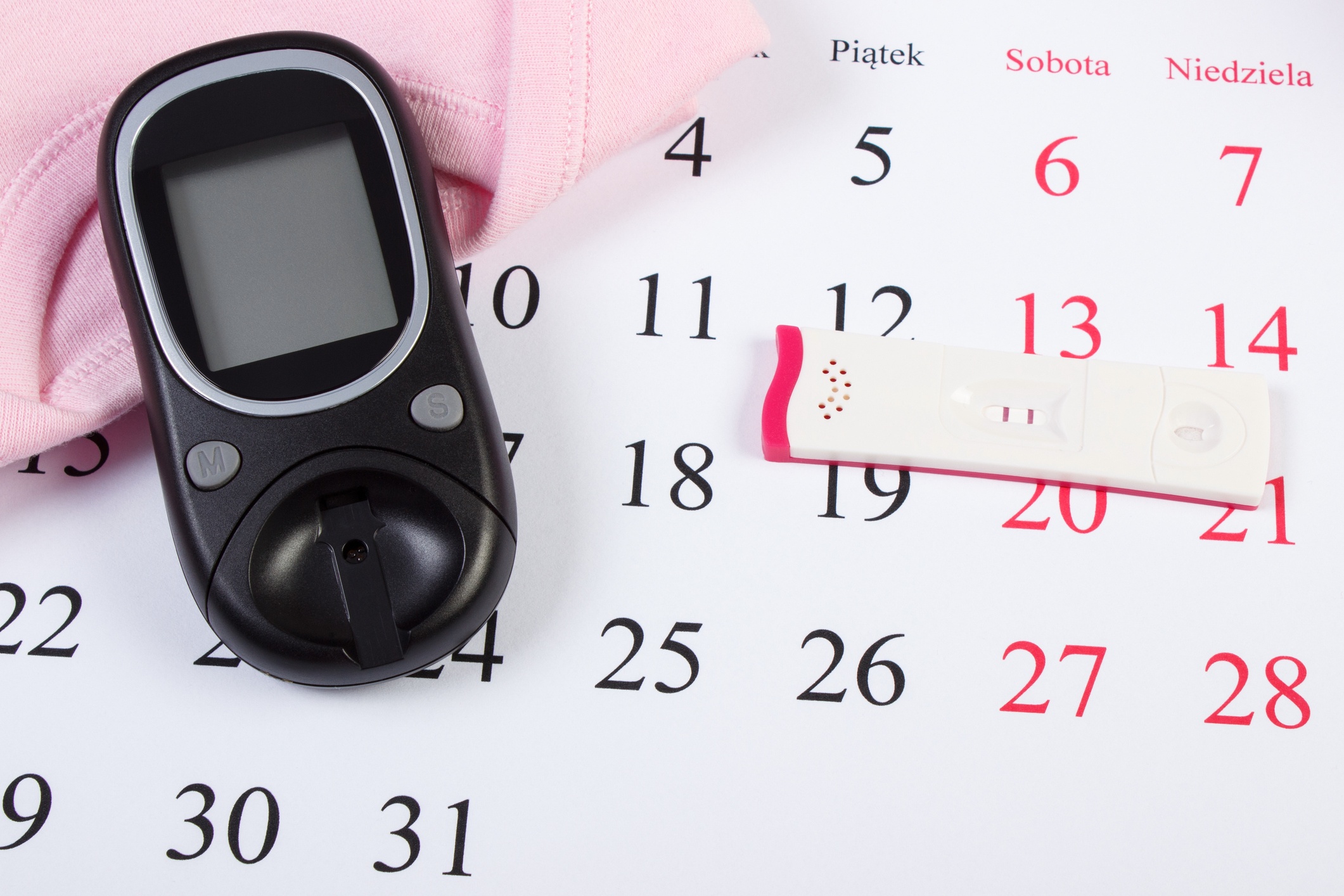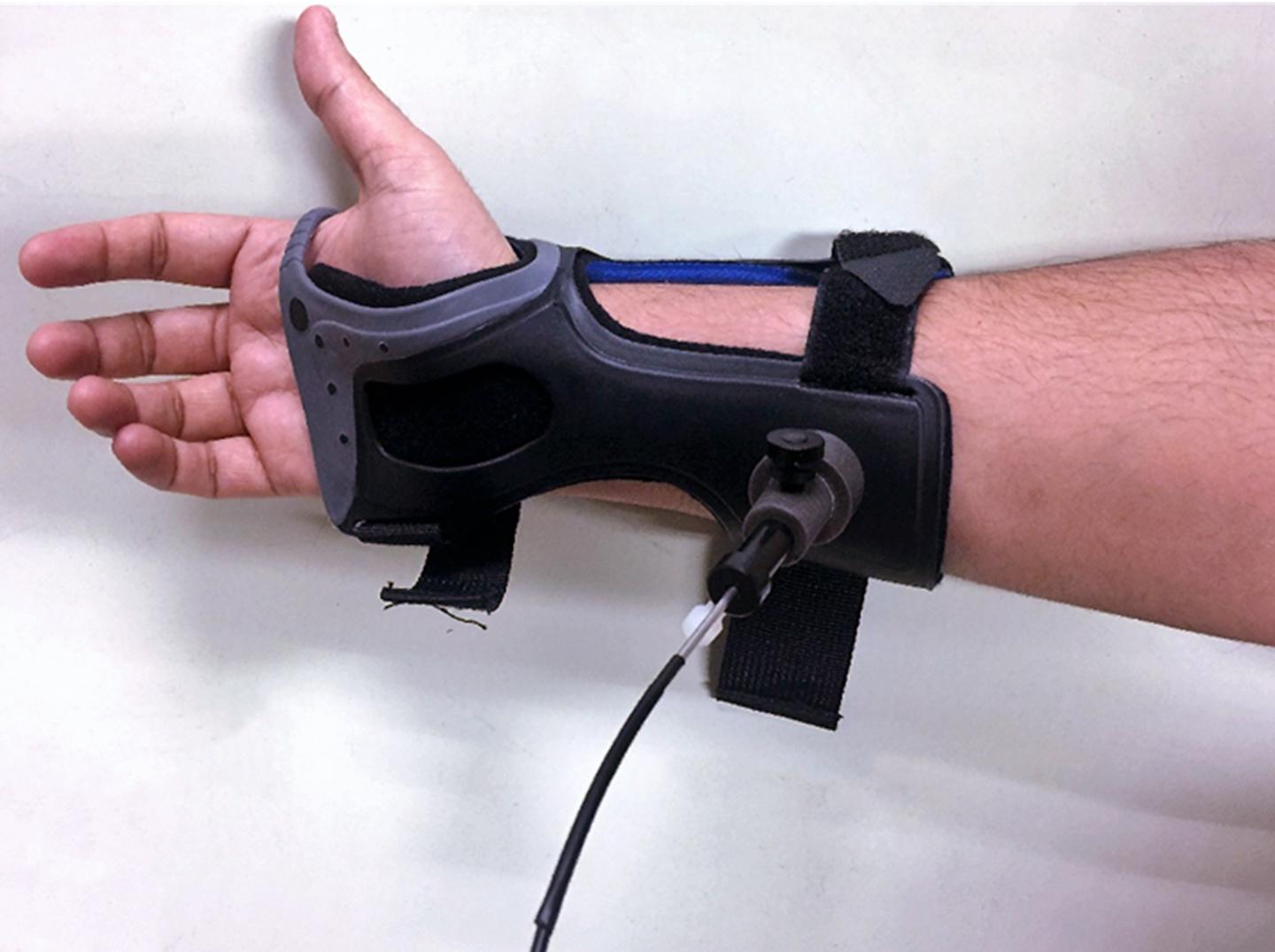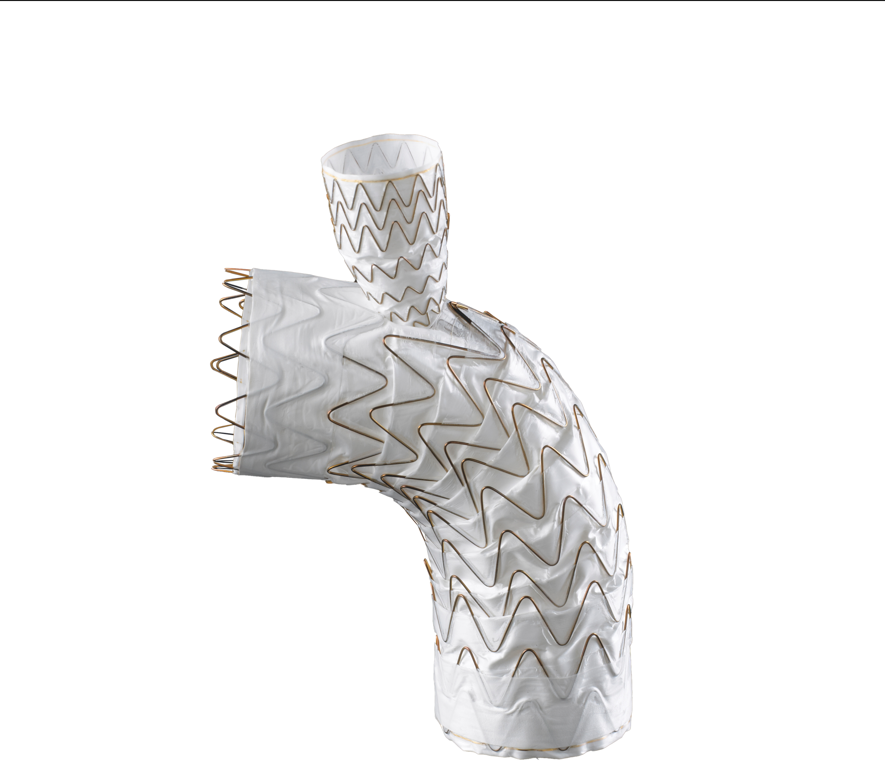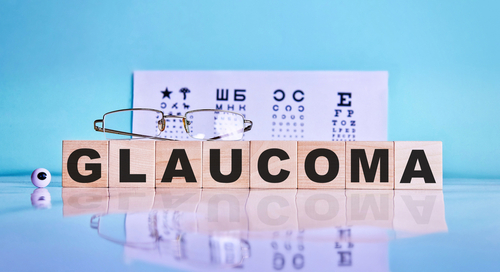
A group of researchers from the Massachusetts Institute of Technology (MIT) and the University of Missouri School of Medicine have recently found a noninvasive blood sugar monitoring device to function as well as finger prick testing in diabetic management. The device integrates laser spectroscopy into a wrist-strap apparatus that is capable of analyzing skin composition to give the user blood glucose readings, greatly facilitating diabetes management. The researcher’s study was published online on Analytical and Bioanalytical Chemistry and funded by the NIH, the Samsung Advanced Institute of Technology, and the office of Medical Research at the MU School of Medicine.
Typical methods of diabetes management involve blood sampling, whether done via intravenous measurements or the more common finger pricking. With most patients not being able to regularly have blood drawn and finger pricking being a notoriously unpleasant daily routine, noninvasive blood sugar monitoring systems have become a hotbed for biotech research.
 The device involved in this study was developed by researchers at MIT and uses a Raman spectroscopy technique that measures skin chemical composition as well as glucose concentrations of skin compartments. A wristband affixed with a fiberoptic passes light onto the skin, detecting components such as fat tissue, collagen, protein, and glucose. Wavelength shifts that are associated with blood sugar create map of one’s glucose composition that determines specific concentrations.
The device involved in this study was developed by researchers at MIT and uses a Raman spectroscopy technique that measures skin chemical composition as well as glucose concentrations of skin compartments. A wristband affixed with a fiberoptic passes light onto the skin, detecting components such as fat tissue, collagen, protein, and glucose. Wavelength shifts that are associated with blood sugar create map of one’s glucose composition that determines specific concentrations.
“This is a technology that we have been pioneering for more than 20 years,” said Jeon Woong Kang, PhD, research scientist with MIT’s Laser Biomedical Research Center and co-author of the study. “We know that handheld skin prick tests are not always accurate and may be uncomfortable for patients. The gold standard is intravenous blood testing, but frequent blood draws may not be an option for many patients. We were pleased to find that our initial results show Raman spectroscopy can measure glucose levels that are comparable to the finger stick devices. We hope that we can refine this method to be a noninvasive continuous glucose monitoring sensor.”
The study itself evaluated blood sugar in 20 healthy adults without diabetes before consuming a sugary beverage, and periodically after drinking the beverage for 160 minutes. Methods used to evaluate blood glucose levels were the new spectroscopy method, intravenous testing, and finger pricking. By design, each of these tests aims to measure concentration of glucose remaining in one’s blood after consuming glucose containing food or beverage, deeming their insulin hormone regulation to be proper or faulty. In this study, the researchers found that the spectroscopy device worked as well as the commonly accepted, yet unpleasant finger prick.
The researchers hope that after further testing, the spectroscopy method can be adopted as an alternative blood sugar monitoring method for diabetic patients that cannot often have blood drawn and do not prefer finger pricking. As the technology becomes smaller, the researchers feel its use may be translated outside of the clinical setting as well. Future studies plan to analyze the device’s efficacy in diabetic patients.
“Currently, blood glucose levels are tested through a finger prick or intravenously. The approach we studied is noninvasive and uses a laser to monitor glucose levels in the skin,” claimed study co-author Anandhi Upendran, PhD, director of biomedical innovations at the MU School of Medicine Institute for Clinical and Translational Science. “With diabetes on the rise, the development of an accurate, efficient and inexpensive alternative method to test blood glucose levels is an urgent clinical need.”
MU, MIT researchers show effectiveness of new noninvasive blood glucose test https://t.co/Naib4rE7kx pic.twitter.com/EOr57SEFSl
— Bioengineer.org (@bioengineerorg) October 10, 2018
Sources: EurekAlert, DLife







 © 2025 Mashup Media, LLC, a Formedics Property. All Rights Reserved.
© 2025 Mashup Media, LLC, a Formedics Property. All Rights Reserved.